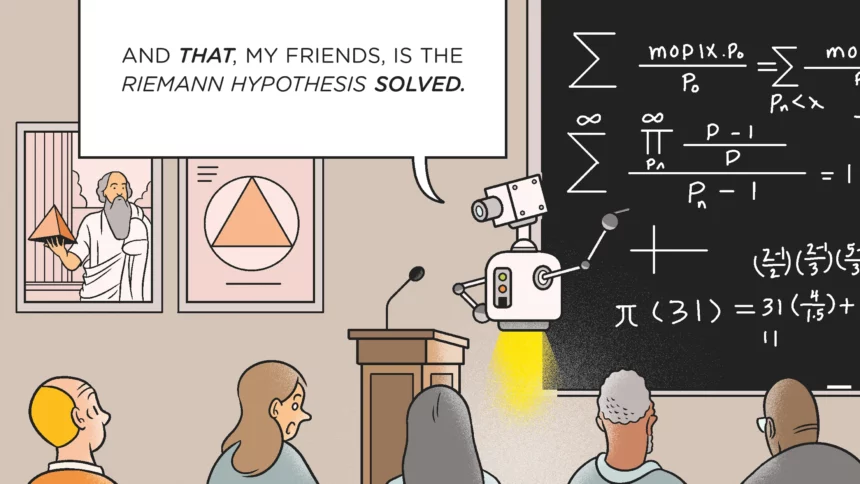Artificial intelligence (AI) and machine learning (ML) rely heavily on mathematical concepts and techniques. Some of the main mathematical fields that are used in AI and ML include:
Linear algebra: Linear algebra is used to represent and manipulate data in high-dimensional spaces. It is used in many machine learning algorithms such as linear regression, principal component analysis (PCA), and singular value decomposition (SVD).
Calculus: Calculus is used to optimize parameters in machine learning algorithms. It is used to find the minimum or maximum of a function (such as the error rate of a model) with respect to its parameters.
Probability and statistics: Probability and statistics are used to model uncertainty in data and make predictions. Many machine learning algorithms use probability distributions to model data and make predictions.
Optimization: Optimization is used to find the best solution to a problem, such as finding the best parameters for a machine learning model. It is used in algorithms such as gradient descent, which is a method to minimize the error of a model by adjusting its parameters.
Information theory: Information theory is used to measure the amount of information in a signal or a dataset. It’s used in algorithms like PCA and SVD, in which the goal is to find the most informative features of the dataset.
Graph theory: Graph theory is used to represent and analyze relationships between data points. It’s used in recommendation systems and in natural language processing tasks like parsing.
These are just a few examples of the mathematical concepts that are used in AI and ML. There are many other areas of mathematics and statistics that are used in these fields, and the field is constantly evolving, with new techniques and algorithms being developed all the time.
For more such content, keep reading @techinnews



